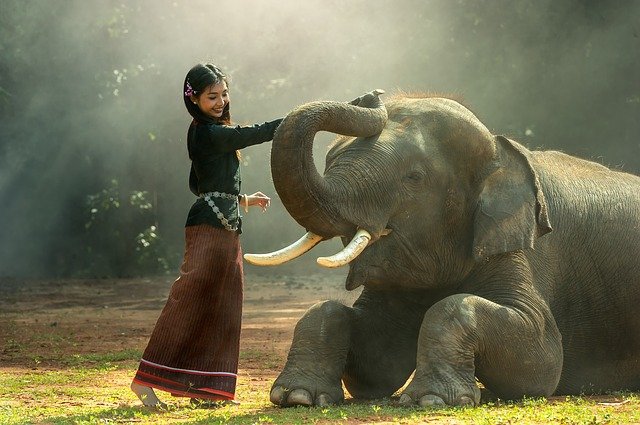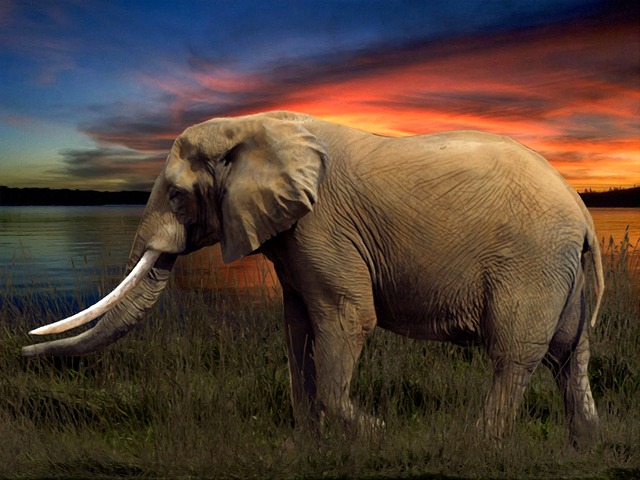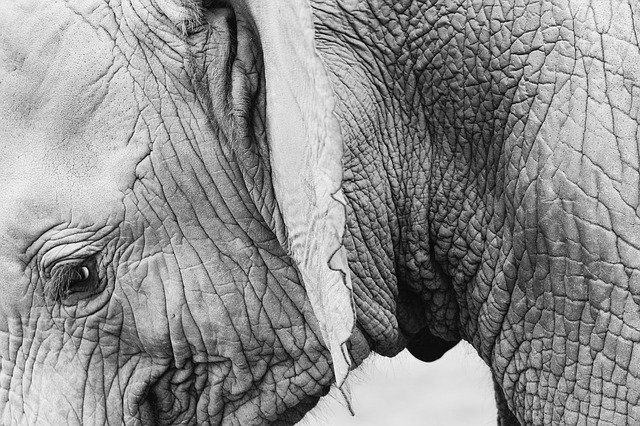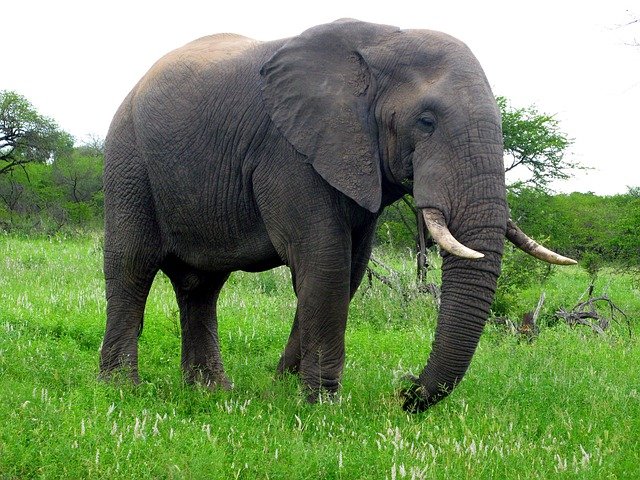The majestic creatures, Elephants are called the engineers of the ecosystem because of the vital role they play in maintaining the balance of our ecosystem. These fascinating mammals are the strongest, heaviest, and largest creatures to walk the Earth. The male elephants can grow as tall as four meters and weigh up to eight tons.

Elephants are native to only Africa and Asia, though they hold significant cultural and symbolic meanings around the world. We think that there are only two species of elephants: the African elephant and the Asian elephant. But in 2000, scientists recategorized the African elephant species into two distinct species, the larger being the African savanna elephant and the smaller being the African forest elephant. While the two African species are about as genetically different as tigers and lions, they still have more features in common with one another than with their Asian counterpart.
African and Asian elephants might look like just, you know elephants!. But in reality, there are more than 10 physical characteristics differences between African and Asian elephants and it’s important to know how to tell the difference.
Here are the top 10 differences between African and Asian Elephants.
1. The easiest way to distinguish between African and Asian elephants is to look at their ears. African elephants have much larger ears, while Asian elephants have smaller, round ears. Their ears are smaller compared to the large fan-shaped ears of the African species
2. Only some male Asian elephants have tusks, called tushes while both male and female African elephants grow tusks. African elephants have large tusks, no matter their gender.

3. African and Asian elephants have different head shapes. African elephants have fuller, more rounded heads, and the top of their head is a single dome shape. Asian elephants have a twin-domed head with an indent running up the center of their head.
4. Asian elephants are also smaller than their African cousins. The African elephant males growing up to 4 meters tall, the biggest Asian males reach no more than 3.5 meters.

5. African elephants have two finger-like features on their trunk which they use to pick up and manipulate objects while Asian elephants have one.
6. The lower lips of the two elephants differ. An African elephant’s lower lips are short and round, whereas Asian elephants have long, tapered lower lips.
7. The African elephants’ skin is more wrinkled than the Asian elephants’ smoother skin. The African elephant’s skin holds water, helping to keep the animals cool and preventing dehydration in their dry habitats.

8. Due to their size and physiology African and Asian elephants have different expected lifespans in the wild. African elephants can live up to 70 years. Asian elephants can live up to 50 years.
9. The number of toenails varies between the African bush elephant, African forest elephant, and Asian elephant. African forest elephants have 5 toenails on the front feet and 4 on the back. African bush elephants 4 toenails on the front feet and 3 on the back feet. Asian elephants 5 toenails on the front feet and 4 on the back feet.

10. African elephants tend to have more ribs than the Asian species, with up to 21 pairs of ribs vs the Asian elephants’ average of 20 pairs of ribs.

